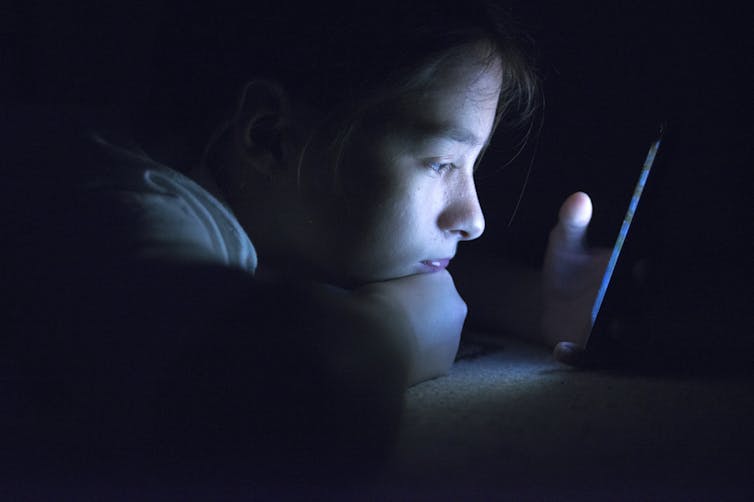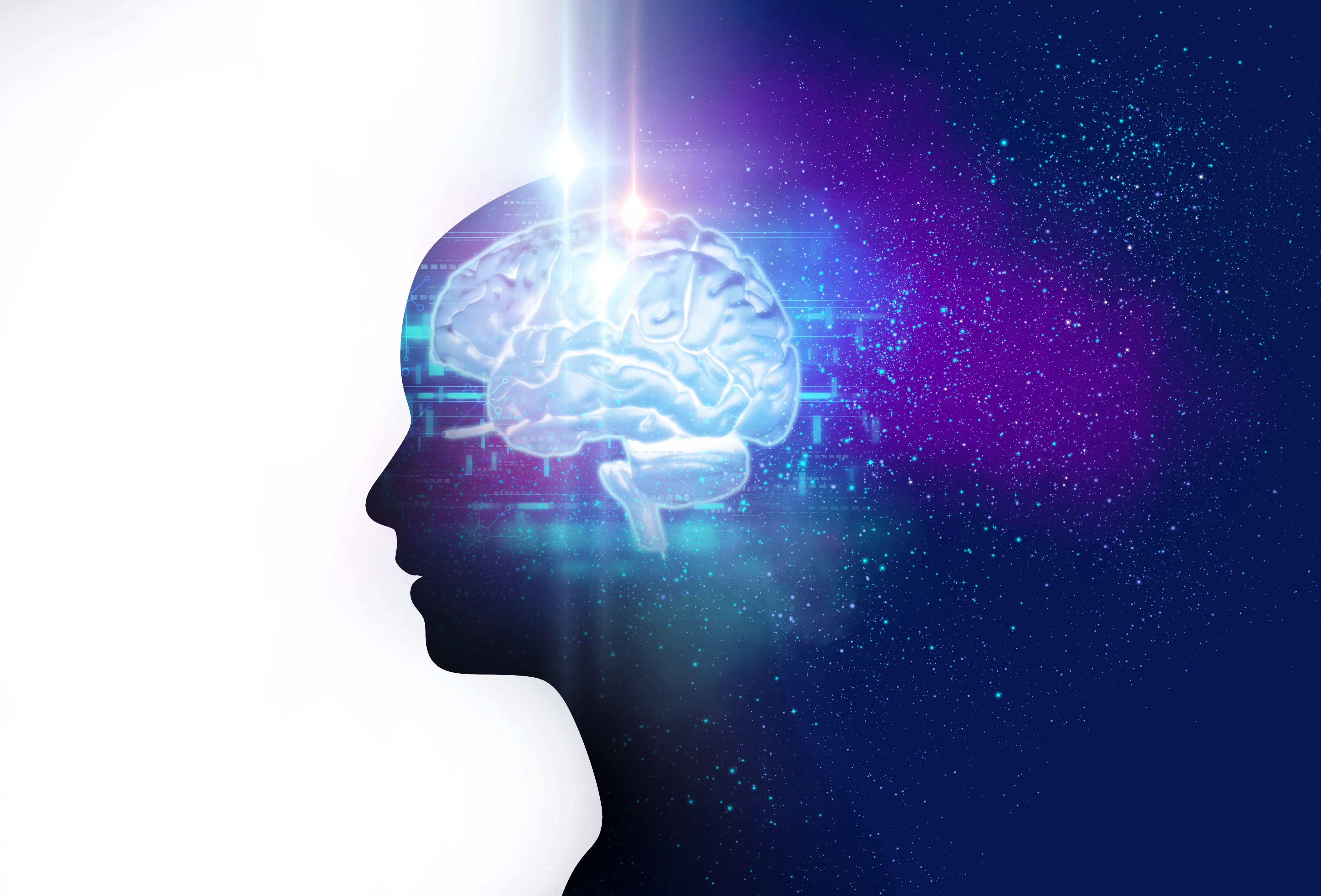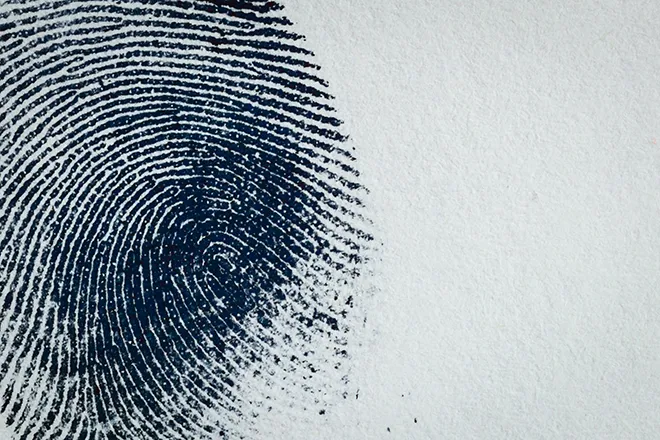
Screen time is contributing to chronic sleep deprivation in tweens and teens

Maida Lynn Chen, University of Washington
With the start of a new school year comes the inevitable battle to get kids back into a healthy bedtime routine. In many cases, this likely means resetting boundaries on screen use, especially late in the evenings. But imposing and enforcing those rules can be easier said than done.
A growing body of research is finding strong links between sleep, mental health and screen time in teens and tweens – the term for pre-adolescent children around the ages of 10 to 12. Amid an unprecedented mental health crisis in which some 42% of adolescents in the U.S. are suffering from mental health issues, teens are also getting too little sleep.
And it is a vicious cycle: Both a lack of sleep and the heightened activity involved in the consumption of social media and video games before bedtime can exacerbate or even trigger anxiety and depression that warrant intervention.
I am the lead physician of the sleep center at Seattle Children’s Hospital, where I study various pediatric sleep disorders. Our team of physicians and providers routinely observe firsthand the negative effects of excessive screen time, and particularly social media, both of which affect not only sleep, but also the physical and mental health of our patients.
Relationship between mental health and poor sleep
Research has long shown a clear relationship between mental health and sleep: Poor sleep can lead to poor mental health and vice versa. People with depression and anxiety commonly have insomnia, a condition in which people have trouble falling or staying asleep, or both, or getting refreshing sleep. That ongoing sleep deprivation further worsens the very depression and anxiety that caused the insomnia in the first place.
What’s more, insomnia and poor-quality sleep may also blunt the benefits of therapy and medication. At its worst, chronic sleep deprivation increases the risk of suicide. One study found that just one hour less sleep during the week was associated with “significantly greater odds of feeling hopeless, seriously considering suicide, suicide attempts and substance use.”
And what do young people do when lying in bed awake, frustrated and unable to sleep? You guessed it – far too often, they get on their smart devices.
Studies across the world in over 120,000 youth ages 6 to 18 who engage in any sort of social media have repeatedly shown worsened quality and decreased quantity of sleep. This is happening across the globe, not just in the U.S.
The strong pull of screens and social media
Although social media has some benefits, I believe research makes it clear that there are significantly more downsides to social media consumption than upsides.
For one, scrolling social media requires being awake, and hence, displaces sleep.
Second, the light emitted from most hand-held devices, even with a night filter, a blue light filter or both, is enough to decrease levels of melatonin, the primary hormone that signals the onset of sleep.
When melatonin release is inhibited by staring at a lit device near bedtime, falling asleep becomes more challenging. For some people, melatonin supplements can help with inducing sleep. However, supplements cannot overcome the highly stimulating powers of internet content and light.
Third, and perhaps most problematic, is the content that young people are consuming. Taking in fast-paced imagery like that found on TikTok or video games before bedtime is disruptive because the brain and body are highly stimulated by these exposures, and require time to settle back into a state that is conducive to sleep.
But it’s not just the speed of the imagery flitting by. Media content can disrupt both nondream and dream sleep. Have you ever fallen asleep watching a disturbing thriller or a horror movie and had scenes from that movie enter your dreams? And it’s not just dreams that are affected – the brain also may not sustain deep nondream sleep since it is still processing those fast-paced images. These intrusions in your sleep can be very disruptive to overall quality and quantity of sleep.
Worst of all, social media can contribute to FOMO – short for the fear of missing out. This can occur when a teen becomes enmeshed with an influencer or role model through posts, reels and stories, all of which are cultivated to reflect unrealistic perfection, not reality.
In addition, research has found a clear link between social media consumption and poor body image in kids and teens, as well as overall worse mental health and worsened sleep problems.
These issues are troubling enough that in May 2023, the surgeon general issued a statement warning of the dangers of social media and encouraging caregivers, teachers and policymakers to work together to create a safer online environment.
A state of chronic sleep deprivation
Making sleep a high priority is a cornerstone of overall health and mental health, and it is also key to staying alert and attentive during the school day.
Multiple professional medical and scientific organizations have recommended that teens sleep eight to 10 hours per night. But only 1 in 5 high schoolers come close to that.
Some of this is due to school start times that don’t align with the natural rhythms of most teens, so they don’t fall asleep early enough on weekdays.
Teens who don’t get enough sleep may suffer from weak academic performance, a lack of organizational skills and mediocre decision-making. Teens don’t have fully formed frontal lobes, the part of the brain that controls impulse and judgment. Sleep deprivation further impairs those behaviors. This, in turn, may lead to poor decisions regarding drug and alcohol use, driving under the influence, sexual promiscuity, fighting or the use of weapons, and more. And these behaviors can start in middle school, if not earlier.
In addition, sleep deprivation is directly linked with high blood pressure, heart attacks and the development of diabetes in adulthood. Lack of adequate sleep is also linked with childhood and adolescent obesity. Undesired weight gain occurs with sleep deprivation though a series of complex mechanisms, including shifts in metabolism, a more sedentary lifestyle and poor dietary choices.
A way forward
So what can be done to pry teens and tweens away from their screens? Keeping goals realistic is key, and sometimes it is helpful to start by focusing on just one goal.
Parents need to prioritize sleep for the entire household and model good screen time habits. Caregivers too often send mixed messages around screen time use, given their own bad habits.
Ultimately, parents and caregivers need to recognize the warning signs of sleep deprivation and progressive mood and anxiety disorders. Seek professional help for disordered sleep, troubled mental health or both, keeping in mind that finding mental health professionals can take time.
When it comes to digital media, the American Academy of Pediatrics recommends avoiding screens for at least an hour before going to bed and not sleeping with devices in the bedroom.
For older kids who have homework to do online, avoiding screen use right before bedtime can feel next to impossible. What’s more, this rule tends to lead to covert use of electronic devices.
So if one hour before bedtime is too stringent, then start by avoiding media for even 15 or 30 minutes prior to going to sleep. Or if some media is needed as a compromise, try watching something passive, like TV, rather than engaging in social media apps like Snapchat.
Remember that not everything has to be done all at once – incremental changes can make a big difference over time.![]()
Maida Lynn Chen, Professor of Pediatrics, School of Medicine, University of Washington
This article is republished from The Conversation under a Creative Commons license. Read the original article.

















